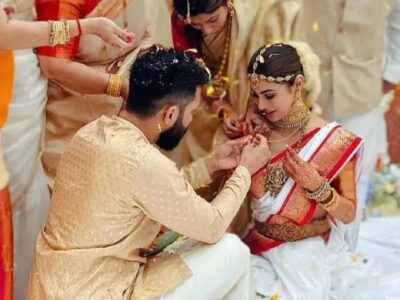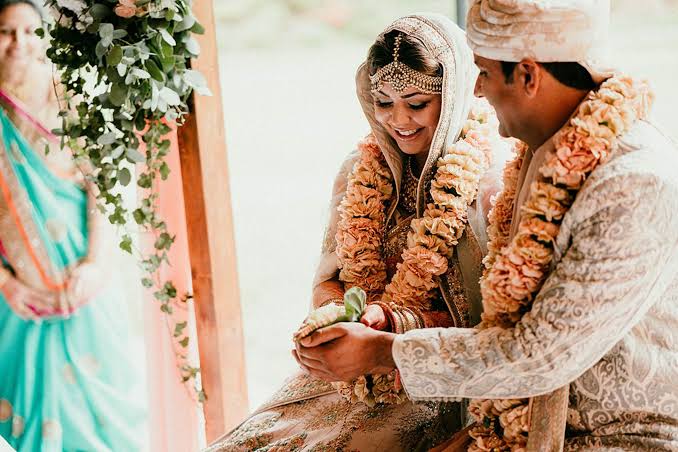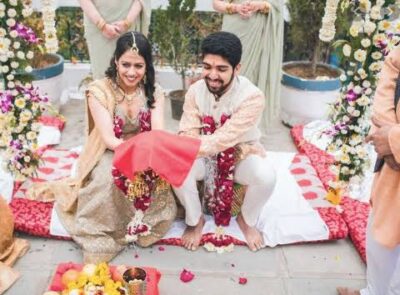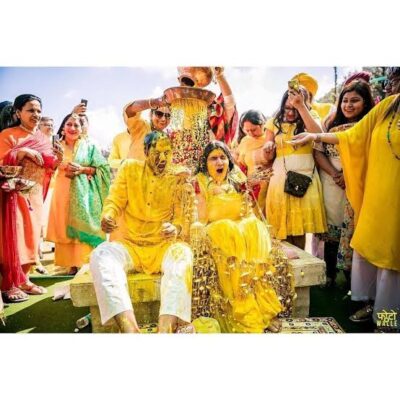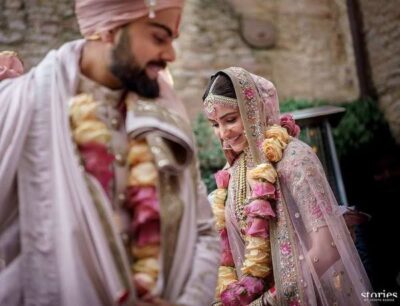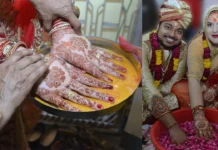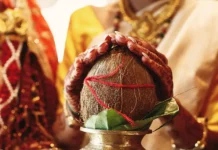The past year has seen too many celebrity weddings. With celebrities whipping out photos on social media of their different ceremonies. Whole Hindu weddings seem to have to.many ceremonies the significance and reason for it has not been known to everyone.
Hindu weddings being vibrant, intricately planned, culture-rich festivities full of celebration and tradition is also a celebration of physical, spiritual, and emotional union of two people; it’s also about the coming Hindu weddings are vibrant, intricately planned, culture-rich festivities full of celebration and tradition. While the very essence of a Hindu wedding ceremony is the physical, spiritual, and emotional union of two people; it’s also about the coming together of two families through prayer and celebration. of two families through prayer and celebration. Here we have listed all the significant ceremonies for you to know what each of them mean
Roka ceremony
Roka ceremony is considered to be the first step towards the marriage. It is like an official announcement of the consent of both the bride and the groom to get married to each other. In this ceremony, the families of two sides gather for the first time and exchange sweets, gifts and dry fruits with each other.
Mehendi Ceremony
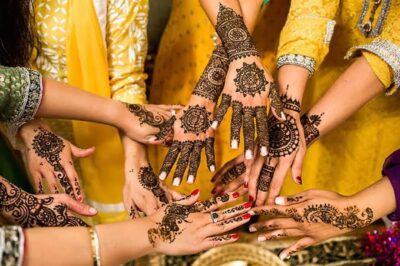
Haldi Ceremony
this tradition takes place. The two families get together and spread a lotion of oil, water and turmeric on the bride and groom. This mixture plays a role in blessing the couple.After the haldi ceremony, when the paste is rinsed off, it helps to remove dead cells and detoxify the skin. It is proven to be an effective exfoliating agent.It also marks an auspicious beginning of a new life together
The pheras
the Saat Phere are very significant for a Hindu wedding. Keeping fire as the witness the couples dupattas are toes together as their take seven pheras. The first vow is a prayer to the Lord for provision and nourishment. The second vow stands for strength and togetherness in all situations.The third vow is for prosperity. The fourth vow is for families. The fifth vow is for progeny. The sixth vow is for health and finally the seventh one being that of love and friendship.
The jai mala ceremony
Jaimala’ directly translates to ‘victory garland’ as princes and kings returning home from battle were greeted with flower garlands.The jaimala is a token of acceptance. When the bride and the groom exchange the garland, it symbolises the acceptance of the would-be man by the would-be wife as her partner for life. This tradition has been in practice since the Ramayana and the Mahabharata days.
The mangalsutra ceremony
